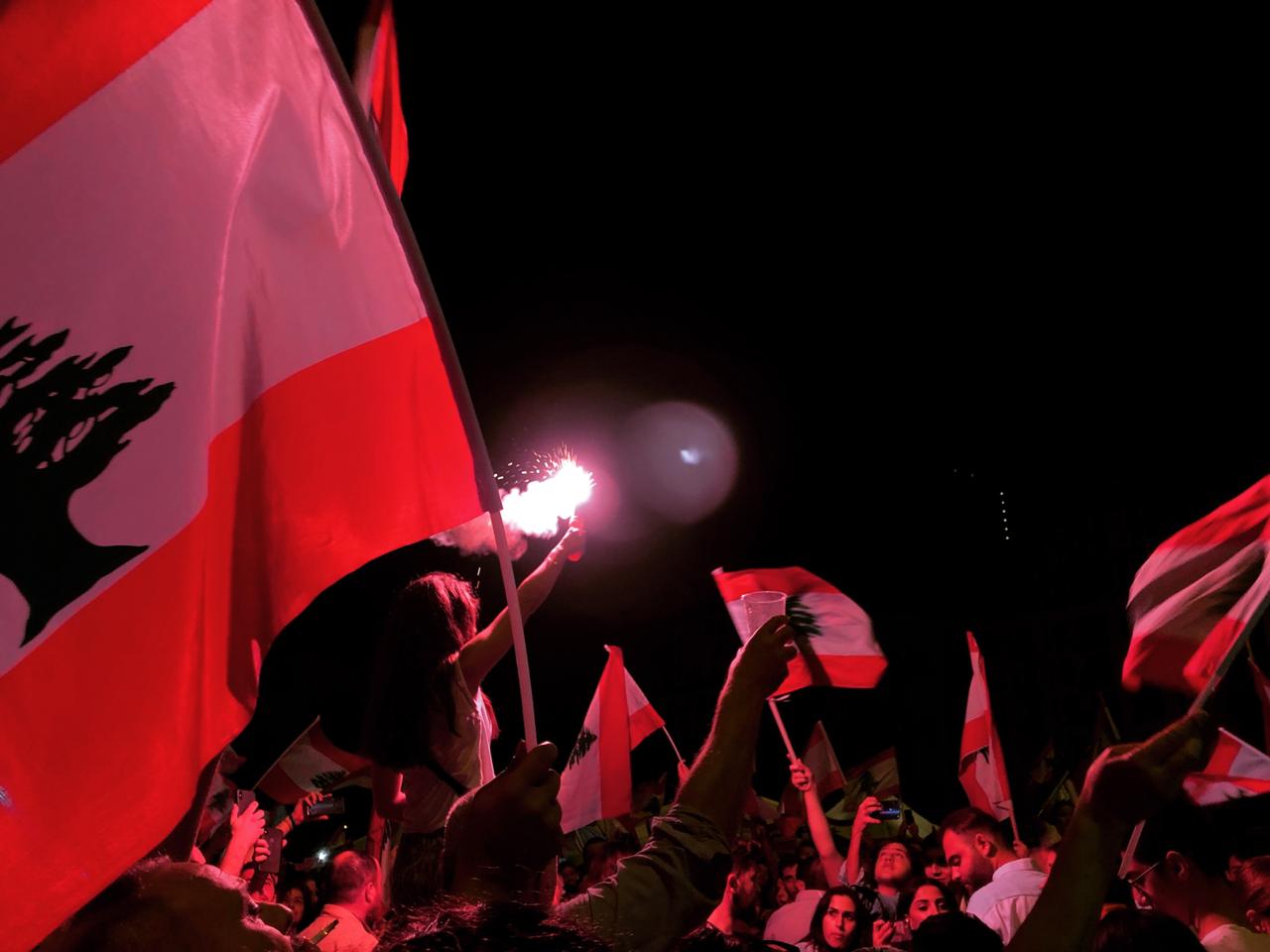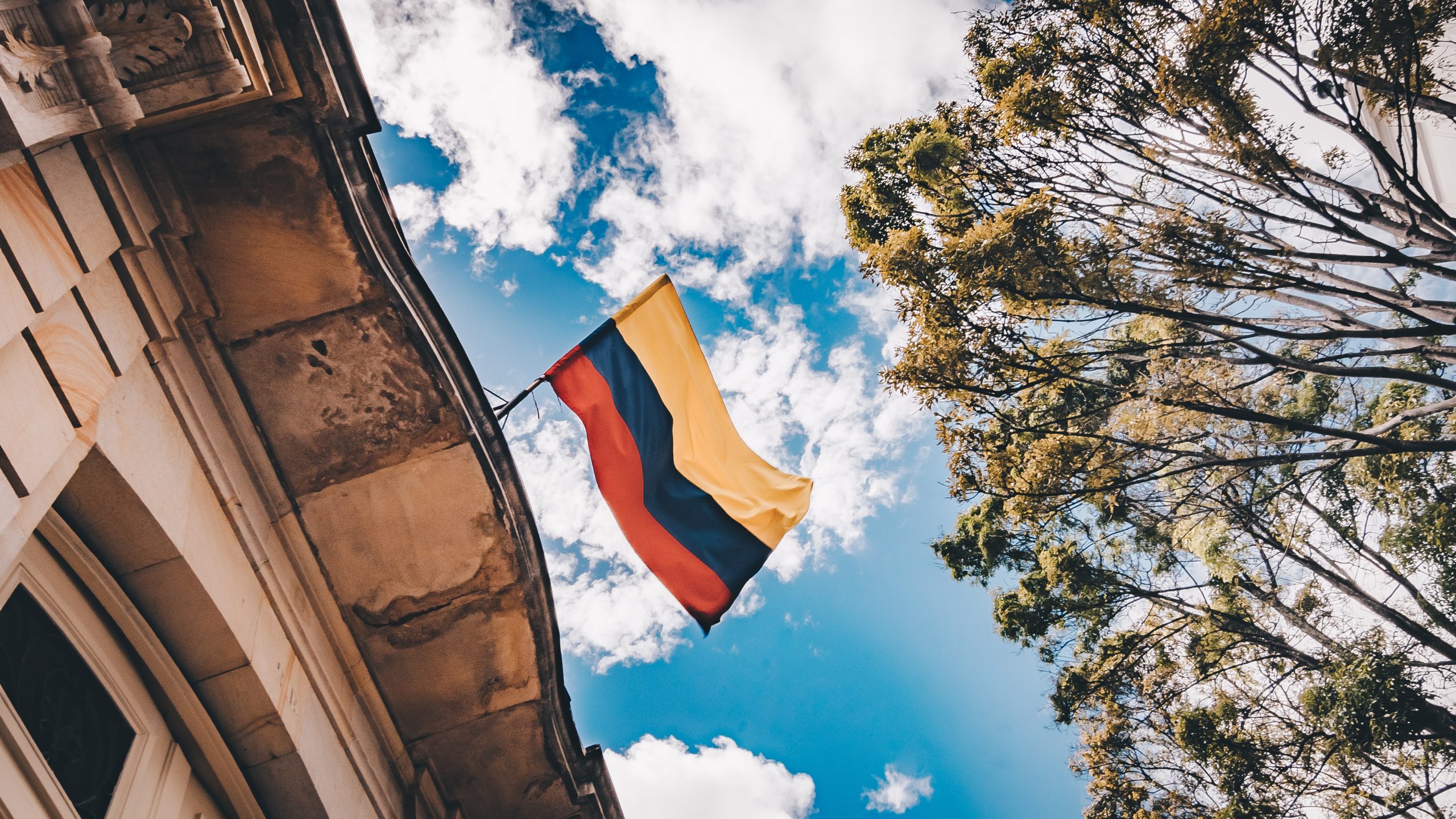Beyond the Tax Intifada: Understanding the Meaning of the Lebanon Protests

After eight days of persistent protests, which brought Lebanon to a standstill, it was about time that the country’s president finally addressed the demonstrators in a televised broadcast. Yesterday, Michel Aoun joined Prime Minister Saad Hariri in calling upon the protesters to back revised plans for economic reform, while indicating a preparedness to discuss their demands and undergo a degree of governmental restructuring. His audience was not enthused. Since October 17, cities all across Lebanon have been erupting with the largest demonstrations the country has witnessed in years, with their significance challenging even the Cedar Revolution of 2005. Back then, the assassination of Rafiq Hariri, Lebanon’s former prime minister, attracted over 25,000 protesters to the centre of Beirut daily. The goals of the civil resistance included Lebanese independence from Syrian political influence. In the last week, hundreds of thousands of protesters have been gathering across the country with a different aim. This time, the goal is not to liberate Lebanon from an external authority. This time, the malaise is very much home-grown. This time, the Lebanese people seek independence from corruption.
Lebanon’s economic situation had been deteriorating for quite some time. Apart from significant indebtedness, the country is facing a shortage of reserves of the US Dollar, a currency used alongside the Lebanese Pound, itself pegged to the Dollar since 1997. Austerity measures and tax increases cumulated in an October 17 proposal to increase the VAT by 2% by 2021, while introducing taxes on Voice over Internet Protocol services. To a population already disillusioned with the current government’s performance, the proposed tax hikes served as the last straw. Before long, protests against these measures, dubbed the Tax Intifada, were underway. While Lebanon’s Minister of Telecommunications announced the scrapping of the WhatsApp Tax on the very same day, the movement had already gained too much momentum to be curtailed.
The Tax Intifada had seemingly achieved its goal. On Monday, Prime Minister Hariri announced an emergency reform package that halved the salaries of senior government officials, established an anti-corruption panel, and cancelled several institutions including the Ministry of Information. However, the protests did not cease. By Monday, the Tax Intifada was transcended, and the protesters had begun to call for the resignation of much of the current Lebanese administration. With many protesters viewing the proposed reforms as mere empty promises, the change in demands is no surprise to outside observers.
Nevertheless, the real significance of the Lebanon protests may not lie in their revolutionary demands. What is revolutionary is the societal cohesion which they have fomented, at least in the first week of civil resistance. In what Al Jazeera’s Lina Khatib labelled “Lebanon’s Social Revolution,” the government as a whole is being criticized by Lebanese from all over the country, and from various social strata. Different factions of the government, including Hezbollah and the ruling Free Patriotic Movement, are being condemned from the start. Meanwhile, solidarity is being exhibited between protesters who are Shia, Sunni, Druze and Maronite Christian, amongst others. The Lebanese diaspora community has also shown its support of the protesters’ demands, with various demonstrations held in European and North American cities. On Saturday, 1,300 demonstrators gathered in front of the Lebanese embassy in London, while Canadian cities with large populations of Lebanese descent have been organizing solidarity protests. The spirit of what has become a movement against the corruption and general practices of the Lebanese government is perhaps best captured in a quote by Leyane, a 20-year-old protester from Beirut: “We are gathering. There are no political flags here today, no religious symbols – which is rare in Lebanon – but you see nothing but the Lebanese flag because its time…”
The degree of political, social and religious unity generated by the October 2019 protests is unforeseen in a country where most affairs of government are determined under the sway of sectarianism. Indeed, the Lebanese are putting aside the reinforcing cleavages that have divided them thus far, achieving a near disregard for long-established sectarian lines. As BBC’s Martin Patience put it, Lebanon is very much a “country feeling reborn.” The important question – one which will be answered in the days to come – is to what extent can a feeling of rebirth challenge a system which has, despite serious wrongdoings, kept relative peace in the country for nearly 30 years. Despite the optimism evoked by the new unison of the Lebanese populace, difficult questions remain unaddressed. A regime change is currently uncertain, but the consequences of what would succeed it are perhaps even more so. Let us hope that the renewed unity which the Tax Intifada sparked will not go to waste.
Suggested Further Readings:
A research paper of the American University of Beirut, outlining the roots of sectarianism in Lebanese politics: http://ddc.aub.edu.lb/projects/pspa/conflict-resolution.html
A BBC feature outlining the personal motivations of protesters attending demonstrations in Lebanese cities: https://www.bbc.com/news/world-middle-east-50124312
An Al Jazeera Article by Lina Khatib, discussing the socio-political significance of the Lebanon protests: https://www.aljazeera.com/indepth/opinion/lebanon-experiencing-social-revolution-191020065959490.html
Featured Image:
Nicolas Garon (https://commons.wikimedia.org/wiki/File:Flare_shines_light_in_group_of_passionate_Lebanese_protesters.jpg), „Flare shines light in group of passionate Lebanese protesters“, https://creativecommons.org/licenses/by-sa/4.0/legalcode



